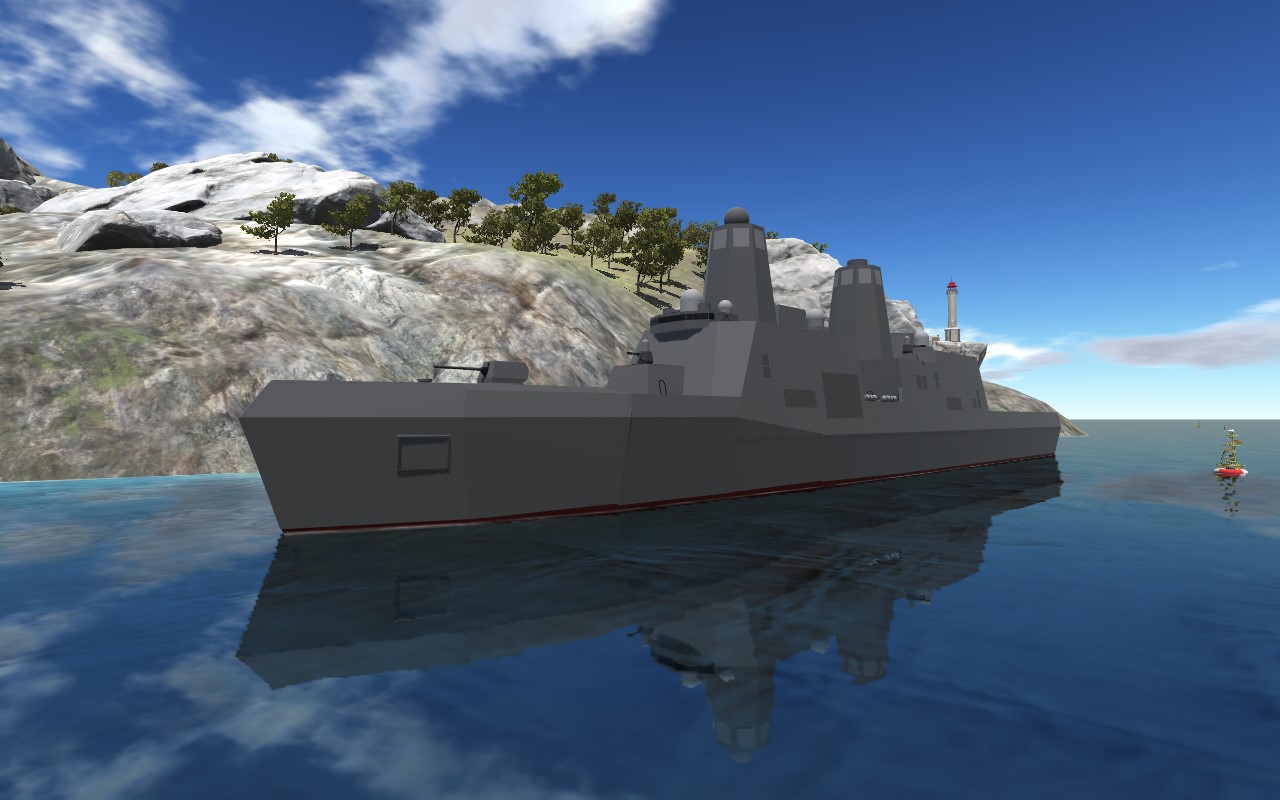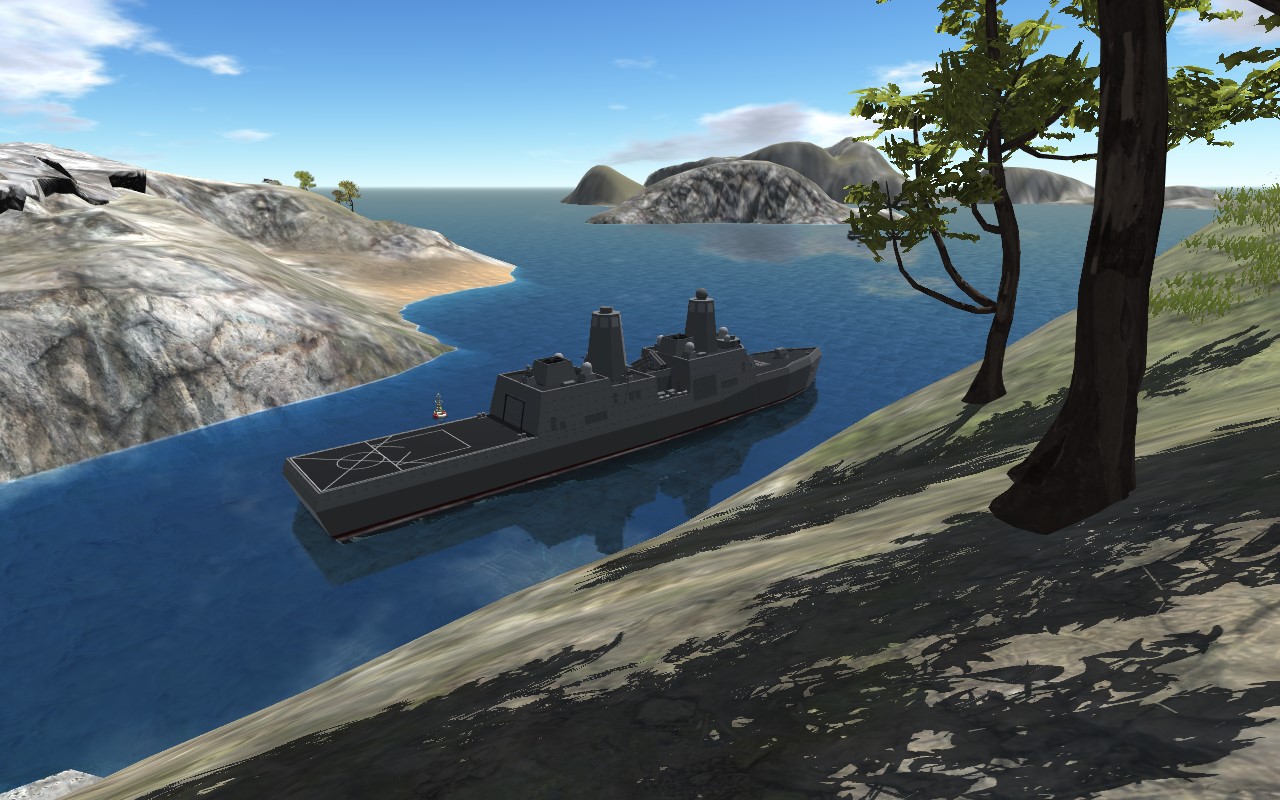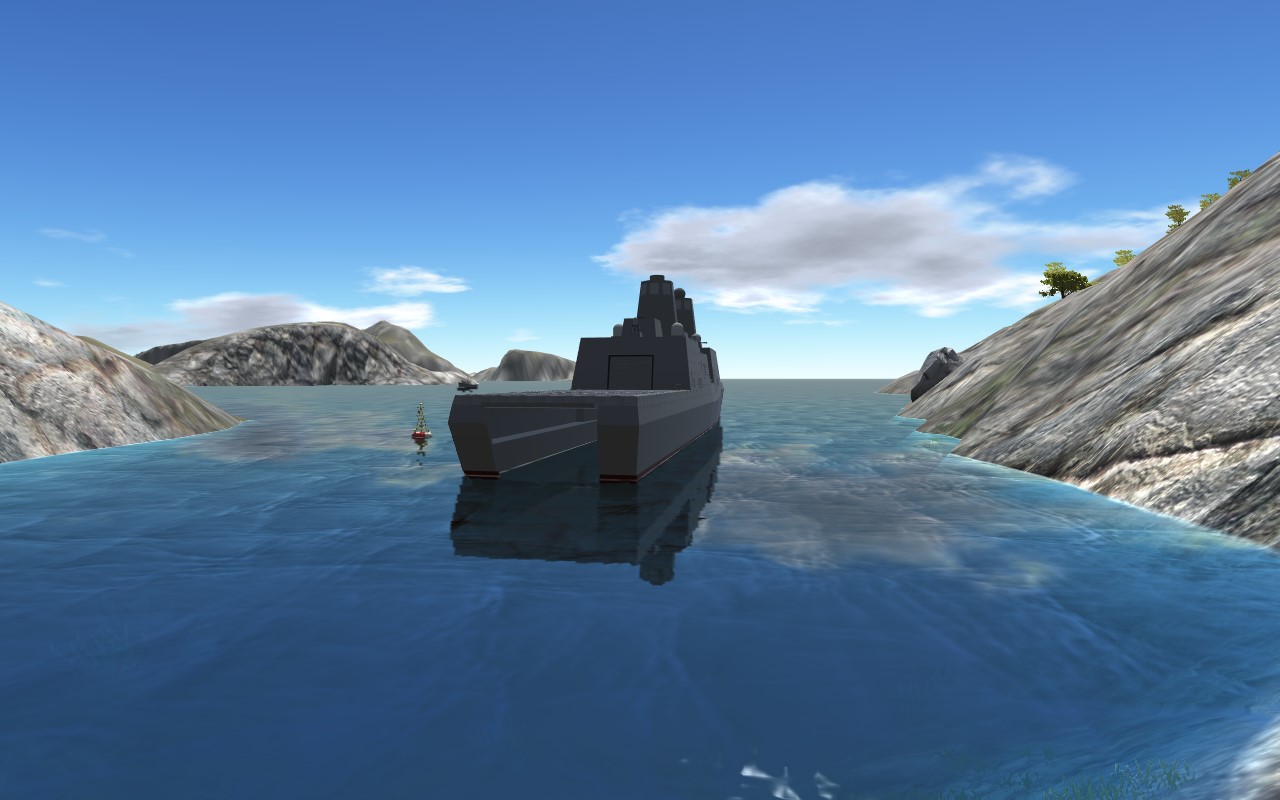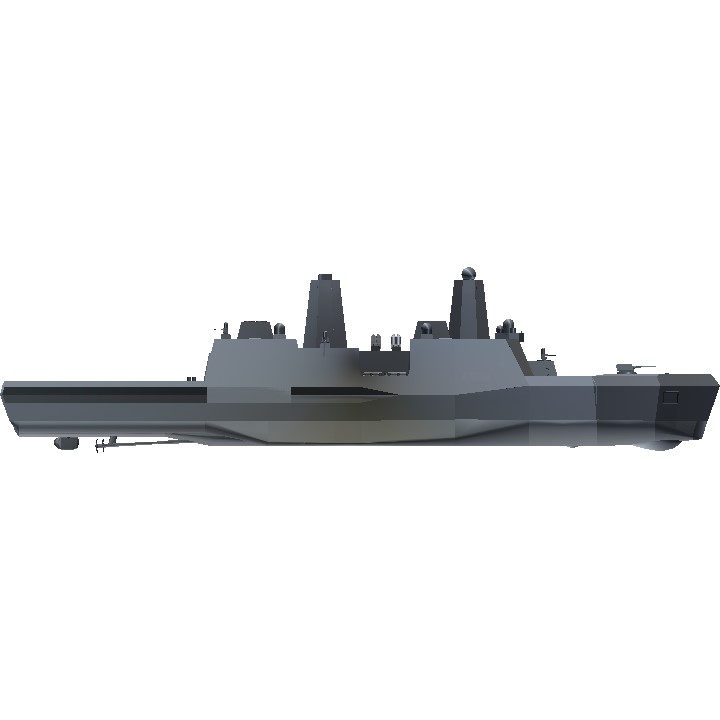
Background
Background
The Emerson Byrne-Class is a class of amphibious transport docks, also called a "landing platform, dock" (LPD), used by the Royal Iridium Federation Navy. Each vessel costs on average $1.7 Billion.
The Emerson Byrne-class was designed to provide the Navy and Royal Marines with modern, sea-based platforms that are networked, survivable, and built to operate with 21st century transformational platforms, such as the various helicopters, amphibious vehicles, air-cushioned landing craft (LCACs), and future means by which marines are delivered ashore. Displacing more than 25,000 tons at full load.
The Emerson Byrne-class has significant survivability features and computer technology. In addition to its capability to use systems such as the AK-630, Phalanx, Squall, Pansir, etc. for protection from air threats, the class was designed to minimize radar signature. Techniques that reduce radar cross-section (RCS) make the ships more difficult to locate and target. Enhanced survivability features include improved nuclear blast and fragmentation protection and a shock-hardened structure. The fiber-optic shipboard-wide area network (SWAN) connects onboard-integrated systems. The network will allow "plug in and fight" configuration, updating and replacing hardware more easily when newer technology becomes available. Moreover, the class has extensive communications, command, control, and intelligence systems to support current and projected expeditionary warfare missions of the 21st century.
The class is fitted with the integrated Ship Self-Defense System which fuses the radars and other sensors and controls the weapons systems for an automated fast reaction capability against air threats.
The Advanced Enclosed Mast/Sensors System mast is constructed of a multi-layer frequency-selective composite material. It is designed to permit the ship's own sensor frequencies with very low loss while reflecting other frequencies. The tapered octagonal shape of the AEM/S is designed to reduce the radar cross section, and enclosing the antennas provides improved performance and greatly reduces maintenance costs.
The ships also incorporate the latest quality of life standards for the embarked Marines and sailors, including sit-up berths, a ship services mall, a learning resource center, and a fitness center. Medical facilities include three operating rooms and 130 beds.
The installation of a vertical launch system (VLS) into Emerson Byrnes allowed the vessels to field larger offensive missiles. This gives them the capabilities to employ cruise missiles like the Excalibur for land attack and anti-ship roles or the SM-6 to combat air threats.
-Heavily based on the San Antonio-Class
Controls
Movement
-Yaw turns
-Throttle accelerates
-LandingGear opens well dock
Weapons
-AG1 Activates forward 203mm and Phalanx
-AG2 Activates left side Phalanx
-AG3 Activates right side Phalanx
-AG4 Activates rear Phalanx and cruise missiles
-Roll Rotates Phalanx
-Pitch Elevates Phalanx
-VTOL Rotates 203mm
-Trim Elevates 203mm
-FireWeapons fires 203mm and launches cruise missiles
-FireGuns fires Phalanx
Join The RP!
About SPRP 2020
The RP works like a "table top" strategy game with a custom map, customizable nations and the success of actions based on the roll of a dice.
Link:
GeykNqT
Gallery



merry christmas from loner town
Specifications
General Characteristics
- Predecessor Kongou-Class Battlecruiser
- Successors 3 airplane(s)
- Created On Mac
- Wingspan 96.6ft (29.4m)
- Length 694.9ft (211.8m)
- Height 179.1ft (54.6m)
- Empty Weight 120,817lbs (54,801kg)
- Loaded Weight 137,829lbs (62,518kg)
Performance
- Power/Weight Ratio 0.097
- Horse Power/Weight Ratio 0.007
- Wing Loading N/A
- Wing Area 0.0ft2 (0.0m2)
- Drag Points 752590
Parts
- Number of Parts 699
- Control Surfaces 0
- Performance Cost 2,081







San Antonio Class
Can you make a stripped down version
@RocCrafter101 sooo what kind of stuff can I put in the dock
This might be the next big thing